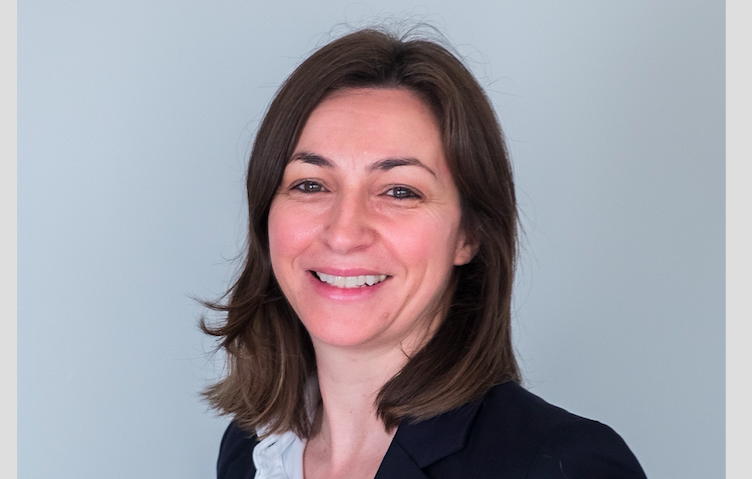In the current yield-seeking environment, the American asset manager Matthews Asia suggests that the Asian continent should be considered a source of dividend yield as well as a market for exposure to Asian growth. This is the value proposition of the strategy followed by the Asia Dividend fund, which is registered in Luxembourg and follows the UCITS format.
In 2011, the global amount of dividends distributed by listed companies in Asia reached $254 billion. This figure exceeds the pool of dividends distributed by S&P 500 companies in the same year by more than $10 billion. The dividend yield of the MSCI AC Asia Pacific Index also surpasses that of the S&P 500 (2.8% versus 2.3% for the S&P 500). Additionally, the growth in total dividends distributed in Asia has an annualized rate of 16% for the period 2002-2011, more than double the 7% rate for the S&P 500.
The strategy operates within a universe of companies with yields ranging from 1.5% to 5% and dividend growth between 5% and 15%.
Kenneth Lowe, CFA, Portfolio Manager at Matthews Asia, explains to Funds Society that in addition to having more dividends that grow faster, “in every sector we find established companies with good but stable dividend yields, such as a mature telecom in Hong Kong or Singapore, and companies with intense dividend growth, although their current dividend yield is lower, like new operators in Indonesia.” According to Lowe, this diversity helps avoid concentration by both country and sector.
The Matthews Asia Dividend Fund strategy combines dividend yield and growth of the dividend pool, managing a universe of companies with yields ranging from 1.5% to 5% and dividend growth between 5% and 15%. “Since we incorporate dividend growth as a key factor in selecting stocks for the fund, we do not neglect the growth aspect of investing in Asian equities,” says Kenneth Lowe.
According to this expert, companies that distribute good dividends tend to have more aligned interests between shareholders and management, and also tend to better meet corporate governance requirements because “it is more difficult to hide accounting or business problems if you have to distribute a good dividend year after year,” Lowe points out. Finally, the manager comments that it is as important to identify companies with the highest growth in Asia as those whose growth is both stable and sustainable.
Currently, the strategy maintains its position in defensive and cyclical consumer companies, as well as in the telecommunications sector to benefit from the growth of domestic consumption in Asia, focusing mainly on companies that provide stability in dividend distribution. Recently, some more cyclical positions have been added due to their attractive valuation in both absolute terms and relative to companies with more predictable earnings growth.
As future risks, the manager highlights macroeconomic factors, both in Europe and the U.S. due to their fiscal problems and the possibility of a permanent slowdown in China’s growth. Despite this, Matthews Asia notes that Asian companies maintain the positive differential in dividend yield compared to American companies and remain well positioned to grow their dividends.
Matthews Asia has just over $5 billion under management in the Asian dividend yield strategy, which was launched in 2005 in the U.S. and had its UCITS format counterpart, the Luxembourg-based Asia Dividend fund, launched in April 2010. The UCITS strategy has $376 million in assets under management (as of February 28, 2013).
Kenneth Lowe is a Portfolio Manager at Matthews Asia International Management. Before joining Matthews Asia in 2010, he worked as an Investment Manager for the Asia and Global Emerging Markets Team at Martin Currie Investment Management in Edinburgh, Scotland. Kenneth Lowe holds an MA in Mathematics and Economics from the University of Glasgow.




